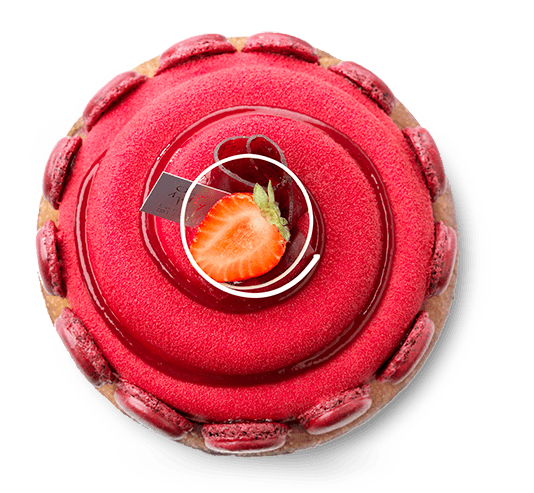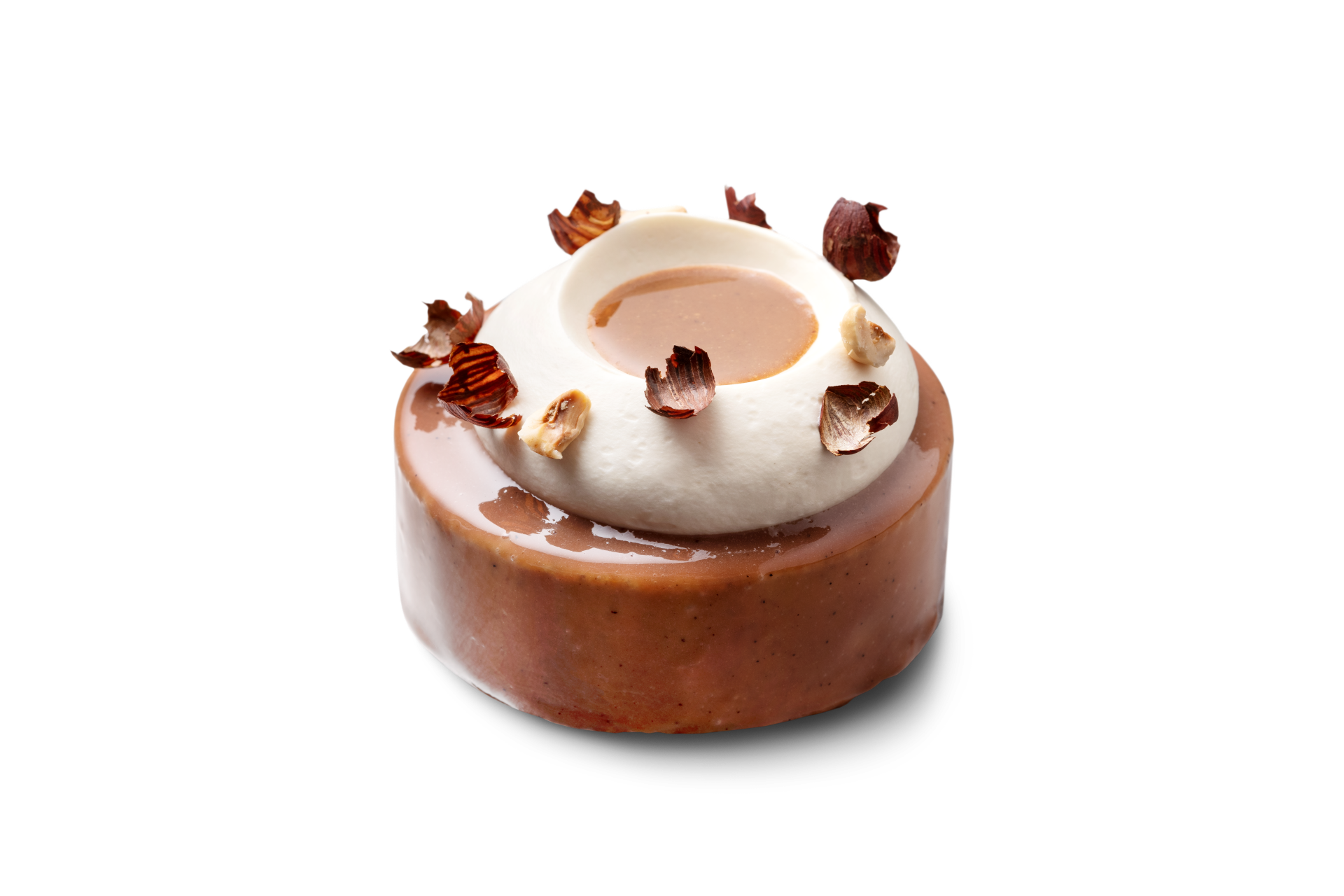One hundred per cent trust in Debic butter
The Spanish pastry chef Daniel Álvarez loves to work with Debic butter. He can trust these technical and traditional creamery butters in every circumstance. A good butter, for Álvarez, is at the basis of every recipe.

Croissants, palmiers, bundt cakes, millefeuilles and panettones: just a handful of the dozens of recipes that the Spanish pastry chef Daniel Álvarez has shared with the world in his Sweet Devotion recipe book. Puff pastry and brioches deserve a key place in gastronomy, in his view.

Making good viennoiseries and pastry begins, according to Álvarez, with the choice of good basic ingredients. “One of the most important ingredients of many of my creations is butter. Because I want to work only with products I trust one hundred per cent, I opt for Debic butter. Debic offers me a choice between traditional and technical butter. This is ideal, for that way I can choose a butter that enables me to work in a warm environment, for example. My bakery is cool, but we do also work in Spain. A butter that is able to withstand heat is essential in my bakery.”
Traditional and technical butters
The traditional Debic butter with 82% butter fat is not fractionated. This classic basic butter therefore has a melting point of around 29°C in the summer, and around 34°C in winter. This is due to the fact that in the summer, cows eat grass and in the winter, they are fed hay. A fine, natural phenomenon! “The variable melting point itself affects the flavour and workability of butter”, Álvarez explains. “For example, you can laminate perfectly well with a winter butter. But in a warm bakery in the summer, the room temperature in combination with the lower melting point of the summer butter will make the butter less pliable, which makes it harder to roll out and laminate. Moreover, it is hard to predict when wholesalers will deliver summer or winter butter.”
Therefore, in addition to its traditional basic butter, Debic also offers technical butters developed for specific applications. These butters also consist of 82% butter fat but are fractionated. This means that soft and hard fats are separated by a mechanical process, so that the melting point can be adjusted. This guarantees the end user a constant
result. “A softer butter can easily be used to make cookies and creams", says Álvarez. “The cookies are softer and flow nicely, the creams turn smooth and airy faster and the mouthfeel is soft, which is ideal for example for chocolate fillings. A harder butter is ideal to be worked at higher ambient temperatures. The Debic Millefeuille and Debic Cake Gold butters also include carotene: this gives cookies and cakes a lovely golden-brown colour, which ensures a delicious end result.”

All of Debic’s speciality butters now come in a new packaging. Various colours for the different types of butter ensure that you can distinguish the different types of butter in storage and never grab the wrong thing from the fridge. Thanks to the new packaging, the constant melting point can be seen in one glance. The various pictograms on the packaging also clearly indicate the different characteristics of each type of butter.






